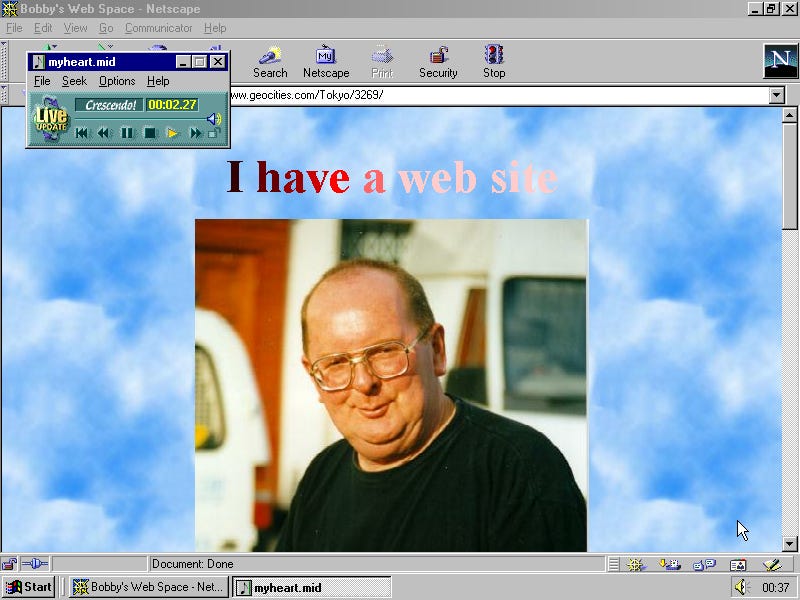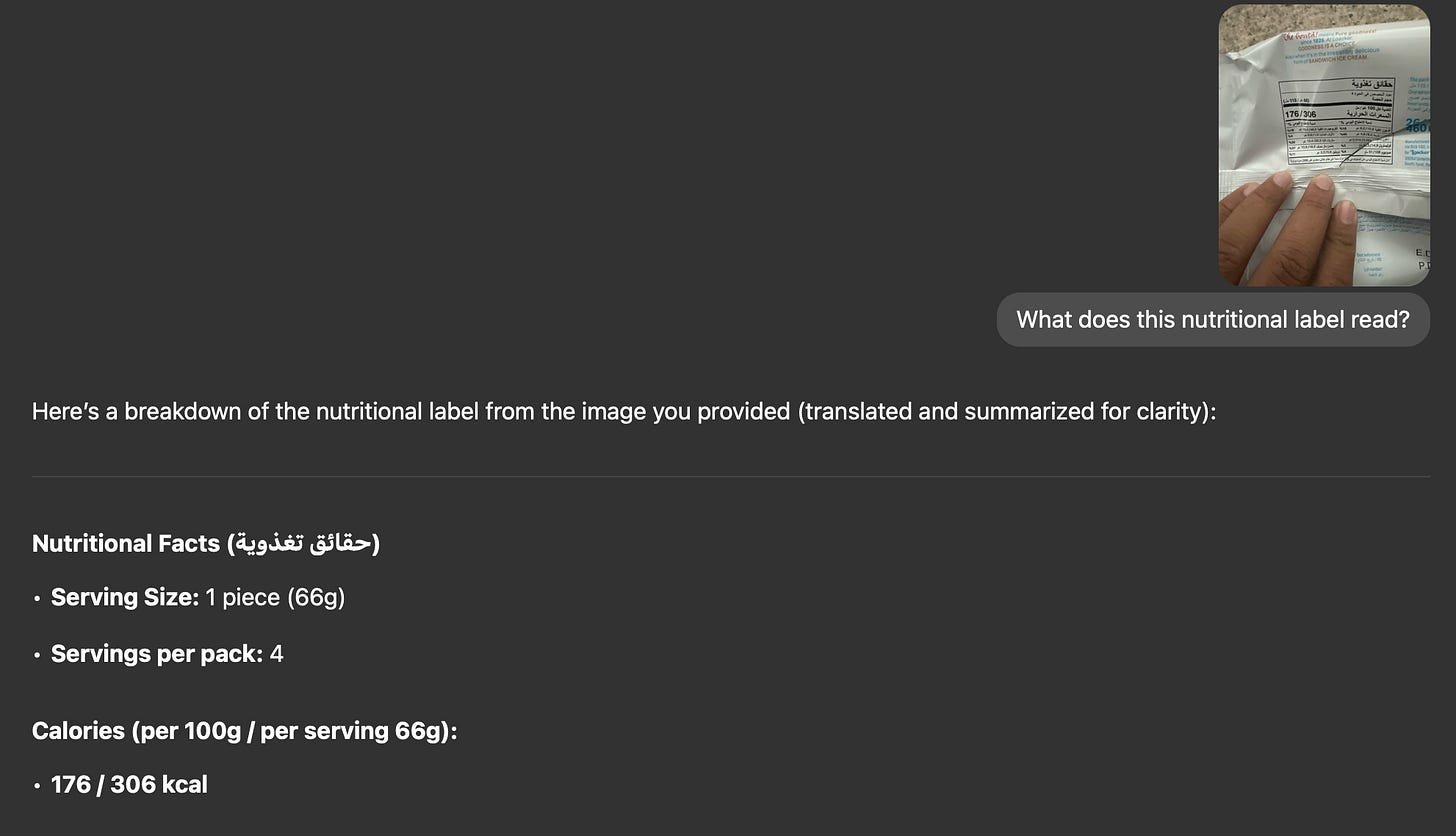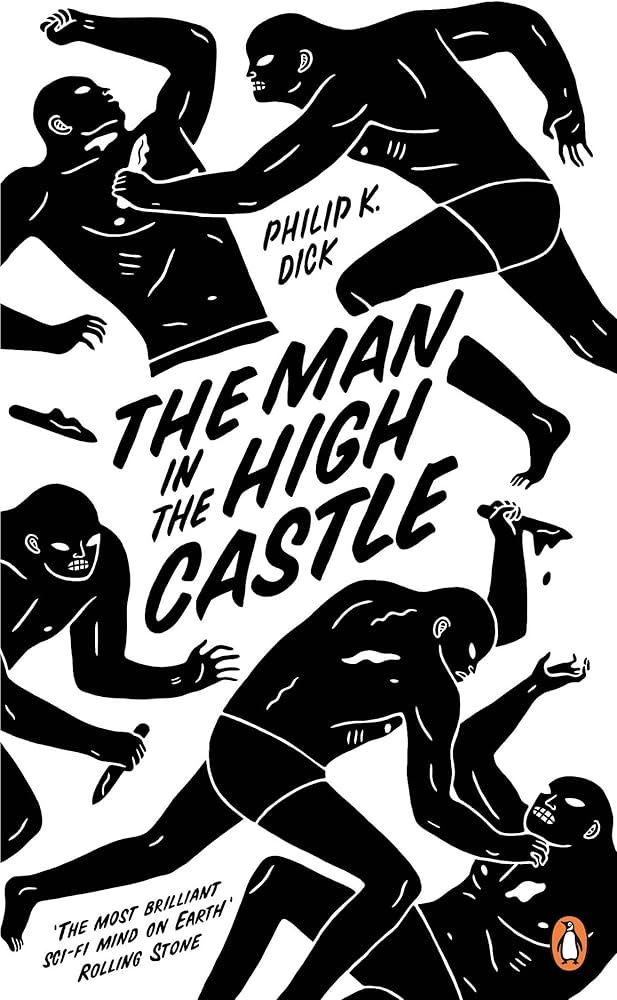Writing
First thoughts on the social aspect of writing that precede far more detailed thoughts in a future (probably paid) essay on the most effective way to write about growth
A welcome to subscribers from over at Stranger Fiction. Welcome to Akhil’s a Stranger, my Substack. Here, I speak more personally, and holistically, about growth (self, product, commercial, all sorts). This allows Stranger Fiction to be a magazine of the arts, music, and culture, rather than what it became over the last few years: a magazine that meandered from topic to abandoned topic.
I hope you are safe in these dangerous, scary times. I plan to make no further reference to said times so you get a break from the news.
Part 1. Self-reference
I came across this note from Hamish McKenzie, a co-founder of Substack’s, that drew an obvious parallel that I’d previously missed between OnlyFans and Substack.
Right from its earliest days, the consumer internet has had a sort of optimism baked into its culture. At its core is a belief in the twin goals of hyperindividuation and community.
Free of the ties that bind – traditional media, governmental oversight, the village elders – the internet would allow individuals to come into themselves fully and form unmoderated peer-to-peer connections in a way that just wouldn’t be possible in the offline world.
The communities that result would be vibrant, multicultural, international, and unique – truly.
As someone born in the year India’s liberalisation reforms kicked into gear, I was born into a generation of (privileged) Indians who have experienced the internet as exactly this sort of utopian dream. It’s why I continue to be so swayed by arguments of the Internet as a force for good. You can point me to QAnon’s rise on 8chan, misinformation on Facebook, TikTok addiction, the loss of privacy, crypto-scams. The solutions to the internet’s problems – in my head – do not resemble ‘less internet’; they sound like ‘a different kind of internet’. They sound exactly like the sort of futurist dream that was baked into the origins of the consumer internet.

It’s why I have always been so taken by the idea of direct-to-consumer retail. All this conversation about the cutting out art’s various middlemen (I refuse to say ‘content’, sorry) reminds me of similar conversations about direct-to-consumer retail (D2C) and traditional retail in the mid to late 2010s. I led the business verticals of Bewakoof for two-and-a-half years in that period as we scaled 12-fold in orders. I wear Gully Labs shoes, carry a Stuart & Lau briefcase, and pocket a Bellroy wallet. I believe in D2C. The idea of the internet affording a cohort of plucky entrepreneurs access to international markets, enabling local economies to thrive when they would’ve instead shriveled spurs on the techno-optimist in me, even if it is just the sort of free-trade story that’s starting to become a little unpopular in many corners of the West.
It’s the same argument with art. You can point me to every article that’s been written about the flattening of culture, the death of curation at the hands of the all-mighty algorithm, information bubbles; you can bemoan content’s defeat of art all you want. The solutions to the internet’s problems – in my head – do not resemble ‘less internet’; they sound like ‘a different kind of internet’. The sort of internet Substack represents. The sort of internet Bandcamp used to represent – and to an extent still does.
So I’m tempted to argue against the cynical voice in my head that argues that maybe, with scale, every platform tends towards the same outcome. That the algorithm isn’t Spotify’s problem. Or YouTube’s. Or Amazon’s. Or Instagram’s. It’s a problem of scale. Lower the barriers of entry for the making and taking of anything – be it music or audiovisual art or t-shirts – and you need curation. But lower the barriers of entry to the extent the internet does (especially when it represents this technofuturist ideal) and no amount of human curation proves feasible. It’s the curse of growth. Bots talking to bots.
Part 2. Bots talking to bots
Anyone here had the misfortune of scrolling through LinkedIn idly lately? Notice the % of LinkedIn influencers – linfluencers, if you will – filtering their drivel through ChatGPT? Close to sixty-odd percent, I would think. Notice how they all have the same tone of voice.
They write an impactful sentence.
Then a second with a misplaced space.
Then another to complete a trio.
This is followed by a sentence intended to be memorable.
Yet – another – trio 🚀
Others engage with this slop. The LinkedIn algorithm says: you’re posting thrice a week, other people (also desperate to be seen by the all-seeing algorithm as engaging) like and comment (for better reach, they’re quick to add). Bots talking to bots.
Part 3. ChatGPT and LinkedIn
I have a version of Part 1’s technofuturist take on LLMs. I have clients in the space. I’m invested in companies in the space. I’m a pro user on the most expensive tier of ChatGPT. I also pay Anthropic for Claude. When I can, I tinker on Cursor. And if I’m writing a research document, no way deep research isn’t helping me refine my search for information or even filling in key narrative gaps.
I missed the train on blockchain despite being right at the centre of the Indian branch of the conversation when it began. My (continued) scepticism that bitcoin is a long-term store of value led to my keeping up-to-date with nothing about the space except jokes about crypto-bros. But that cynicism meant that I didn’t keep up with any developments in the industry, read no technical papers on blockchain technology, and consequently was entirely too slow to cotton on. Had I instead maintained a healthy scepticism and had even a thousand dollars worth of skin in the game, I would’ve learned a lot more about blockchain technology a lot sooner.
Cynicism charges you interest.
Scepticism pays you dividends.
What you can gather from my rant on meaningless posts on LinkedIn is that I’m deeply sceptical of those who use LLMs to replace their unique voice. The whole purpose of writing is to present that voice in front of others. I’m particularly sceptical of those for whom this is fueled by the belief that this is what’s needed to grow. To those that say the LinkedIn algorithm privileges quantity over quality: the median person with a high degree of meaningless engagement on LinkedIn is worse off than the median person with meaningful engagement on LinkedIn. Or Substack. Or in the supermarket. You can’t cash likes in the bank. Or so I wll submit to you in my next (probably paid) essay. And before you ask: of course, I used LLMs to help in the research for that article.
What I’m reading
The Man in the High Castle by Philip K. Dick. A re-read of a book that really influenced my reading and writing habits at around the age of twenty. I read this as I was dealing with the self-doubt that plagues most (if not all) early-stage entrepreneurs. Ok, let’s say it does happen; what then? It’s a question I have begun to incorporate into the schedule for when the catastrophising gets out of hand.
Tiny Experiments by Anne-Laure Le Cunff
Liberalism at Large by Alexander Zevin and the Globalists by Quinn Slobodian. I have to thank Thufail, my neighbourhood bookstore’s recommender-in-chief for his recommendation of Liberalism at Large. It sent me down an exploratory rabbithole that’s lasted a month. It’s included podcasts, books, magazines, all sorts of things involving the history of liberal thought.
What I’m listening to
Russian Circles – Blood Year, Guidance, Station
Mogwai – As the Love Continues
J Dilla – Donuts





The plain title of this did not interest me very much to click when it showed up in my notifications but am really glad I did. Thank you for sharing your thoughts Akhil